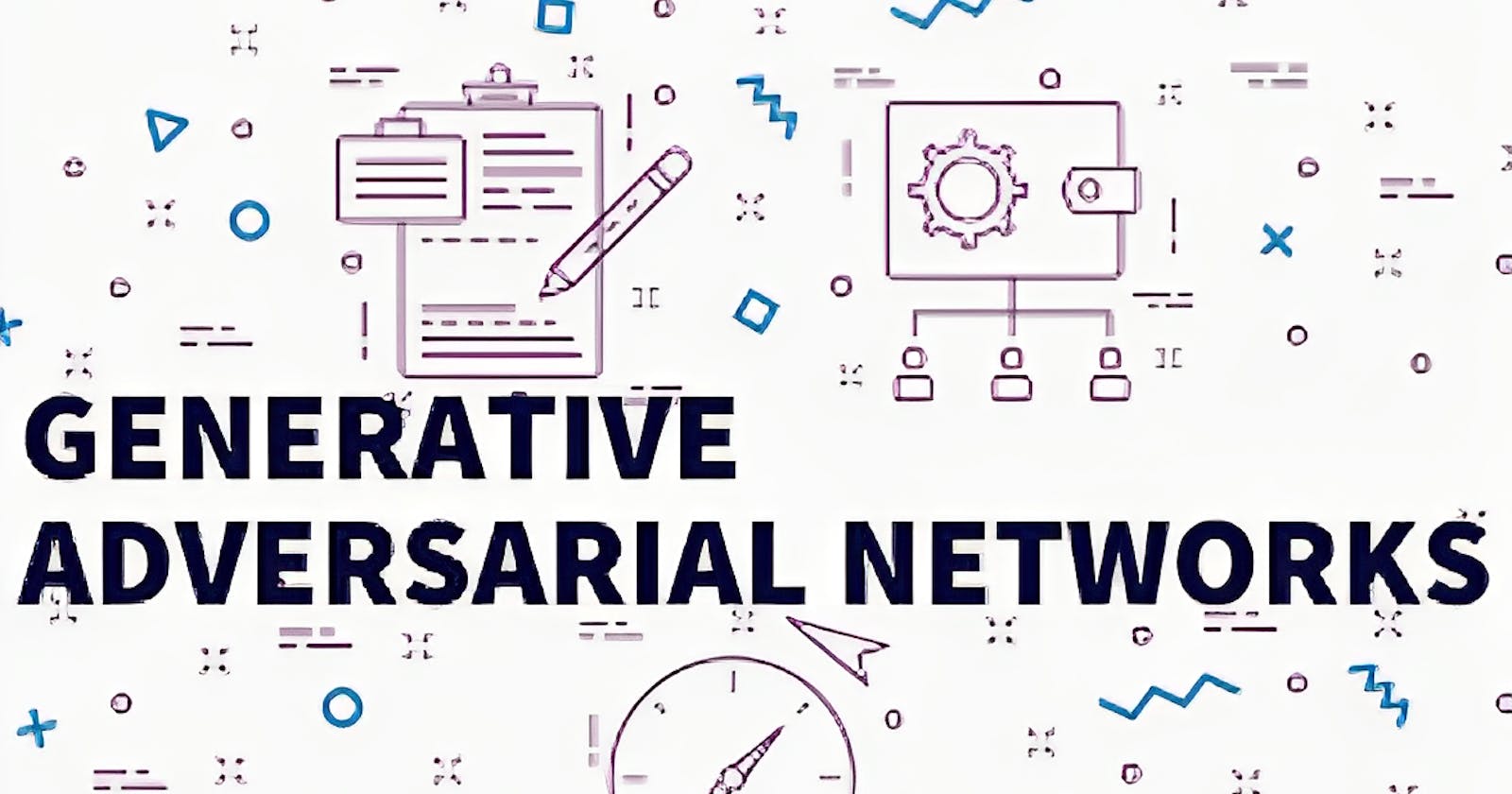Introduction to Generative Adversarial Networks (GANs): Unleashing the Power of Artificial Creativity
In the ever-evolving landscape of artificial intelligence and machine learning, one groundbreaking concept has emerged as a true game-changer: Generative Adversarial Networks, or GANs. GANs have captured the imagination of researchers, artists, and technologists alike, and their potential applications are as vast as they are awe-inspiring.
In this introductory blog post, we'll embark on a journey to demystify the world of GANs. We'll explore the fundamental principles, their inception, and how they've revolutionized the way we think about generative models. Whether you're an AI enthusiast, a budding data scientist, or just a curious mind, this post will lay the foundation for your exploration of this fascinating field.
What Are GANs, and How Do They Work?
Generative Adversarial Networks, or GANs, are a class of artificial neural networks introduced by Ian Goodfellow and his colleagues in 2014. They have since become a major driving force behind some of the most impressive advances in AI.
At their core, GANs consist of two neural networks, aptly named the "Generator" and the "Discriminator," engaged in a two-player minimax game. This game is where the magic happens. The Generator's role is to create data samples that are increasingly indistinguishable from real data, while the Discriminator's role is to become a keen detective, trying to tell the real from the fake. As training progresses, the Generator becomes better at producing realistic data, while the Discriminator becomes more skilled at telling the real from the generated.
The result? A competition that drives the Generator to create remarkably realistic data, whether it's images, text, music, or any other kind of content.
Why GANs Matter
Generative Adversarial Networks have gained immense popularity and importance for several compelling reasons:
1. Creative Potential: GANs have opened up a new world of creativity. They enable machines to generate content that often blurs the line between human-made and machine-generated, whether it's art, music, or even literature. This creative potential has inspired artists, musicians, and writers to explore new horizons with the assistance of AI.
2. Realism: GANs have the capacity to produce incredibly realistic and high-quality content. They have been employed in tasks like generating photorealistic faces, simulating natural scenes, and enhancing the quality of images. This realism makes GANs valuable in industries like gaming, film, and design.
3. Data Augmentation: GANs are employed for data augmentation, a technique that helps expand and diversify training datasets. By generating synthetic data, GANs aid in improving the robustness and generalization of machine learning models, especially in scenarios where acquiring real data is difficult or expensive.
4. Scientific and Medical Applications: GANs are making waves in the scientific and medical fields. They can generate molecular structures for drug discovery, simulate medical images for diagnostic training, and assist in the creation of synthetic datasets for research.
5. Image-to-Image Translation: GANs excel in image-to-image translation tasks. For example, they can convert a black-and-white photo into color, change day scenes into night scenes, or even transform sketches into realistic images. This transformative ability has practical applications in industries like fashion and architecture.
6. Deep Learning Advancements: The development of GANs has not only led to impressive applications but has also contributed to the advancement of deep learning in general. Techniques like transfer learning, adversarial training, and unsupervised learning have been greatly influenced by GANs.
7. Ethical and Privacy Considerations: With great power comes great responsibility. The ability to generate highly convincing fake content has raised ethical and privacy concerns. GANs have been used to create deepfakes and realistic-looking misinformation, making it crucial to address the societal implications of this technology.
The Birth of GANs and Their Impact
The inception of GANs was a pivotal moment in the history of machine learning. Prior to GANs, generating realistic data was a challenging task that relied heavily on human intervention. GANs changed the game by automating the creative process. They have since seen widespread adoption in a plethora of applications, from generating lifelike images and videos to aiding drug discovery and revolutionizing the creative arts.
The story of GANs is a testament to the rapid evolution of AI, from concept to application. It's a story of creativity, innovation, and a little friendly competition between the Generator and the Discriminator.
In the upcoming posts in this series, we'll dive deeper into GANs, exploring their diverse applications, the different types of GANs, and the ethical considerations surrounding their use. We'll also provide practical insights and code examples to help you get started with GANs on your own.
So, whether you're intrigued by the idea of machines that can create art, generate realistic content, or push the boundaries of creativity, GANs are a technology you'll want to get to know. Stay with us on this journey, as we uncover the magic of GANs, one layer at a time.
